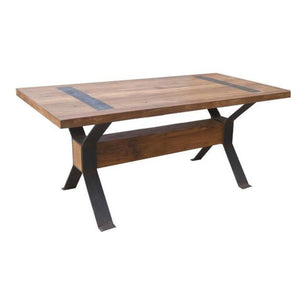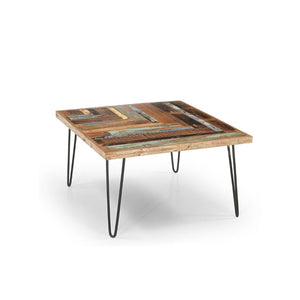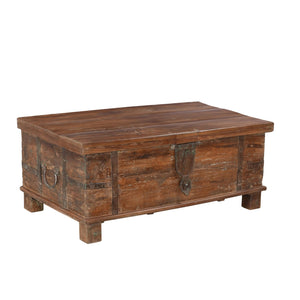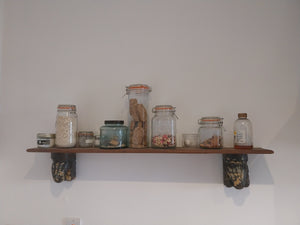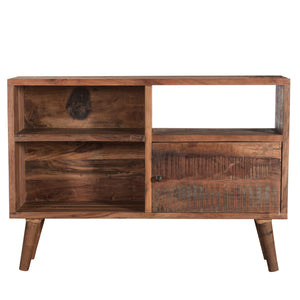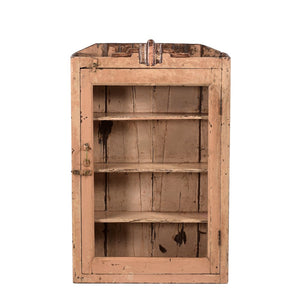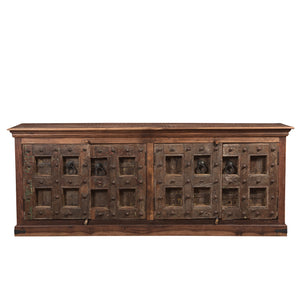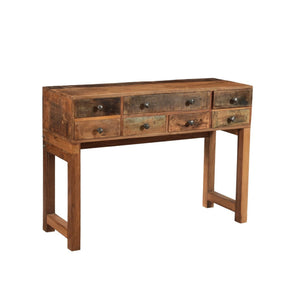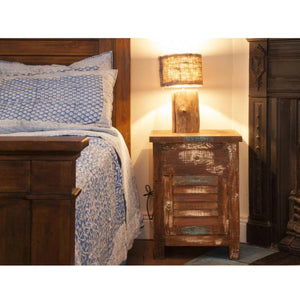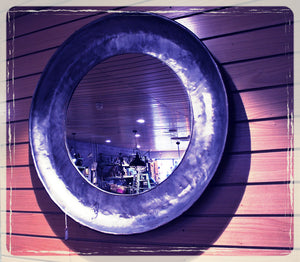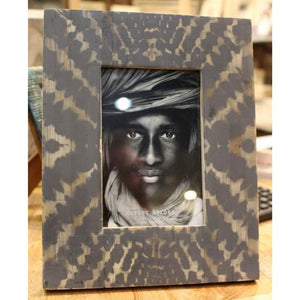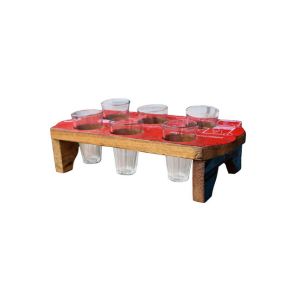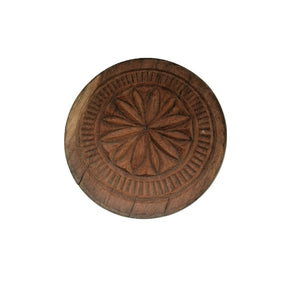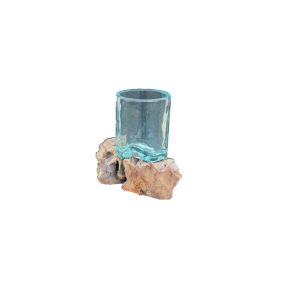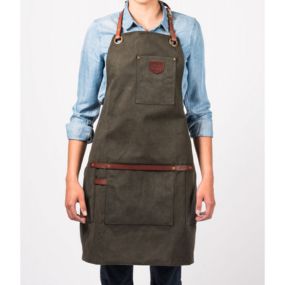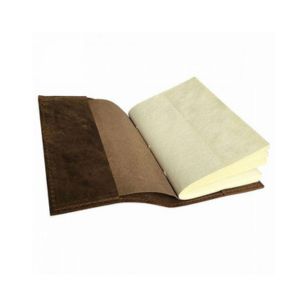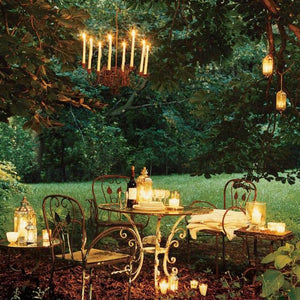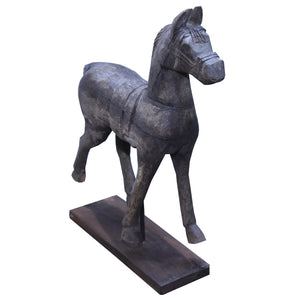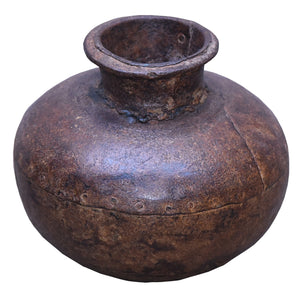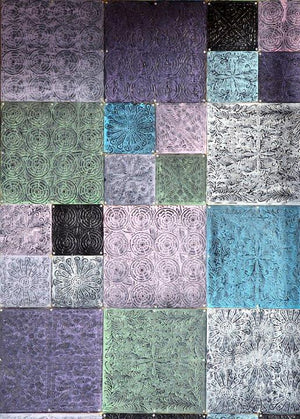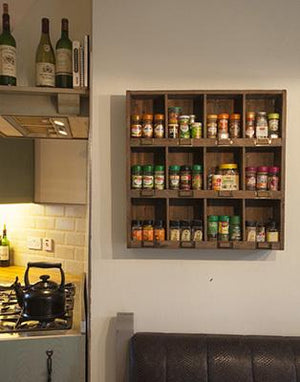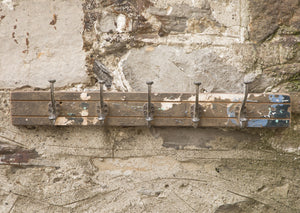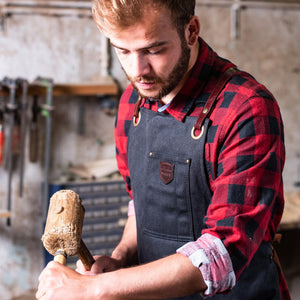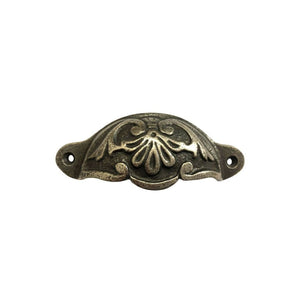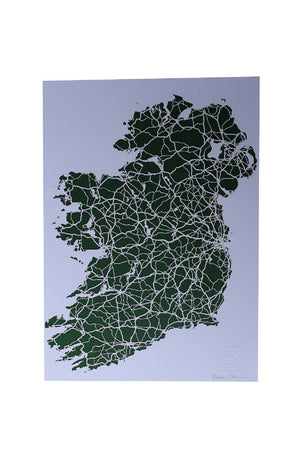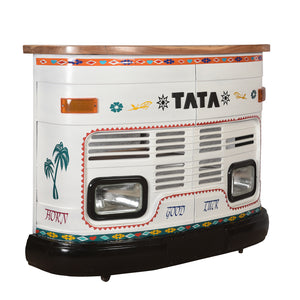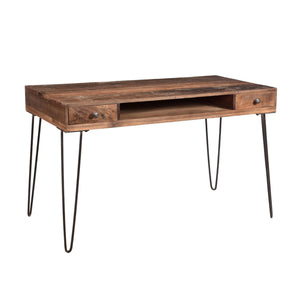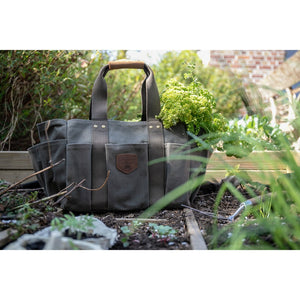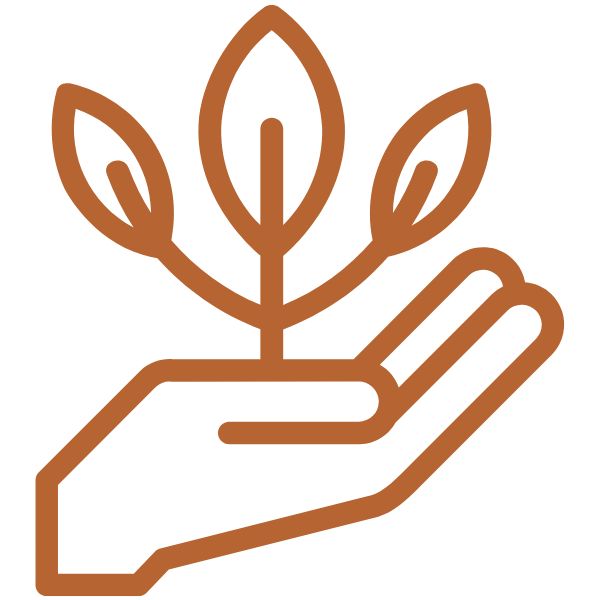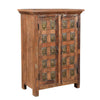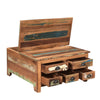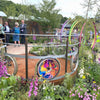Reclaimed Coffee Table Inspired by Batik Printing
Batik Printing – Resist-dyeing technique with wax
How to transform old fabric into a coffee table
It is believed that this unique style of printing originated in Java, one of the great Sunda Islands in Indonesia but it is widespread throughout Asia. Batik printing techniques have been passed down from generation to generation.
Batik printed fabric is a spectacular technique done by highly skilled craftspeople. Everything is planned out with great attention to detail, the design and the powerful colour that represents the wonderful culture.
Batik printing is a form of old traditional pattern design onto fabric technique that has been used for centuries.Hence, the reason why it is so important to preserve and support local craftspeople to keep this tradition going. It would be a huge shame if these amazing skills are lost. That is why when the opportunity came to re-propose this material, we jumped at the opportunity.
The remarkable batik printed fabric was found in huge rolls within warehouses, mostly likely to end up eventually in landfills. This is a major issue as landfills are reaching full capacity and it is at a crisis point.
Millions of tonnes of textiles waste are produced each year with very little being recycled. Textile waste leads to dangerous amounts of methane gas, the dyes end up in groundwater and soil.
A brief history of batik printing
Batik printed fabric is very important to wear to formal occasions for Indonesian's people. It can be seen in various uses in Indonesian cultures, such as ceremonies and celebrations. The stunning print has a very particular distinct look. This particular form of printing is common to see in this area.
The oldest way to create beautiful prints onto fabricates is wood box printing. The very labour-intensive way of printing is now an art form. The method is printing onto fabric using a carved block of wood with wax resist.
The wax resist will stop the fabric from dying when bathed in any colour dye of choice. Once the resist material is washed away it relieves a stunning effect of the printed pattern on the dye material.
Although Batik printing can be done using carved wood to make box prints. This is good for repeating a patterning or getting sharp consistent lines. However, the pattern or image can be drawn directly onto the material using fabric paints.
A great way to tell if the batik is real or fake. The fake will have a faded fabric on one side, but the authentic batik would have been handcrafted and printed on both sides. Similar to our handwoven rugs, created by Indigenous tribe - Bishnoi the first eco-warriors in the world, you can read more here. The authentic batik shows the heritage in the design and the craftsmanship that goes into work like this.
The material must absorb the wax that is applied, so the fabric must be a high thread count. It is usually done with cotton or silk. The quality of the material will indicate how long the batik pattern will last. The clothes must be placed in boiling water many times to get any marks lifted from the cutting stage of the fabric.
The cultural significance of the colour inks
It is believed that Batik fabric printing was reserved as an art form for Javanese royalty. The certain pattern would have been only reserved for royalty. The amazing pattern would have
The beautiful traditional Blue colour used in batik printing is made from an indigo plant which gives it richness.
The level of a different shade of blue is built up over the amount of time the cloth is left in the dye bath.To achieve a dark shade the cloth would be dyed multiple times a day. This is a time-consuming process that gives amazing results, other colours also include beige, blue, brown, and black all from natural dyes.
The stunning printed fabric would have gone to waste, so we decided to re-purpose the material to create this fantastic Batik coffee table. The silk print fabric has been placed between two pieces of glass. Then placed in the middle of solid reclaimed wood to create the most exquisite coffee table. The whole piece is handmade from start to finish, making each piece completely unique.













